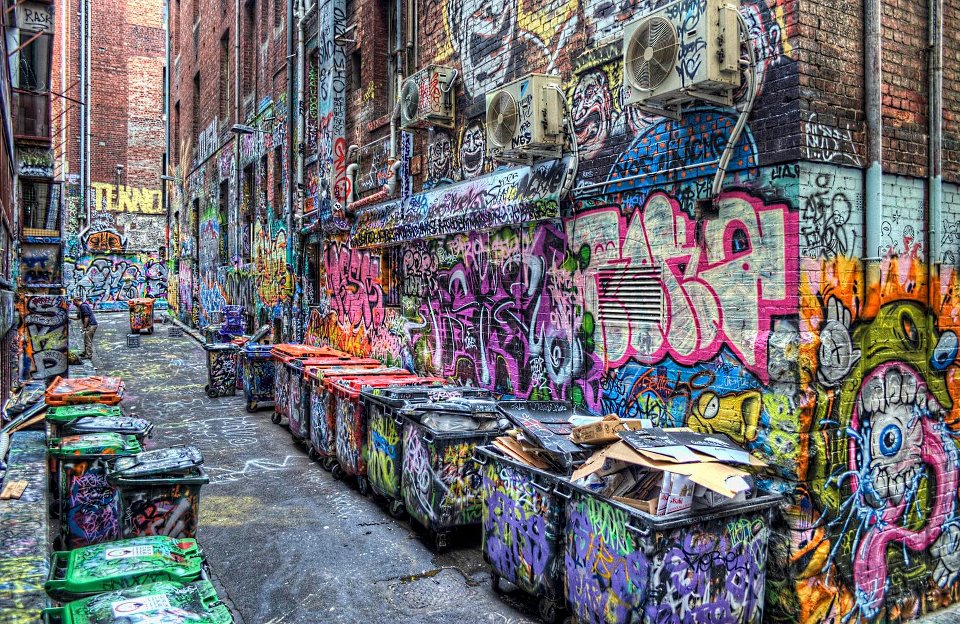Smoke and
Mirrors: Art Teacher as Magician
Hathaway, Nan E. Art Education 66.3
66.3 (May 2013): 9-15.
(May 2013): 9-15.
“Authentic, meaningful learning can occur when art
educators rethink the traditional, mimicry-based art lesson model and instead
facilitate student-directed learning, encouraging collaboration and exploration
of spontaneous creativity.”
I
found this article very interesting because it shows the difficult task
teachers face to facilitate learning rather than managing projects. This article
plays on the theme that art teachers need to promote the child's ability to
develop his or her mind by respecting the child as an artist and engage
students in authentic, meaningful learning. “Instead of smoke and mirrors, good
teaching is more like a dance between teacher and student: a
dance in which the child leads.”
The
author uses an example of how an art teacher performs a lesion in a magic trick
like setting where the teacher lays out the assignment and the example and has
all of the media used to make the projects laid out. In the end the author made
a point that this isn’t really engaging the students as artist because in the
end even though the teacher thinks they are giving the students creative
freedom the finished products are often so similar that students cant pick out
their art amongst the other students.
I like this
article because even though the example used had a classroom of second graders,
the idea behind turning the classroom into a studio could be used for all
levels of art teaching. This article explains to teachers how to shift creative
control from teacher to learner.
Topics from art history and issues are essential in present-day
practice art classroom. They are intertwined together in the studio structure,
where students can thrive. Students need to be encouraged to act as problem
finders, not just problem solvers, as they identify and evaluate art challenges
drawn from interests, and knowledge. “In a studio-learning environment all the
components desired and expected in a comprehensive art program skills, techniques,
art history, approach to work, aesthetics and conventions, reflection and
critique- are integrated in response to student inquiry and creative activity.”
Art education should not be about tricks and deception. Art
educators would better serve their students by engaging students in authentic,
meaningful learning. “Instead of smoke and mirrors, good teaching is
more like a dance between teacher and student: a dance in which the child
leads.”








